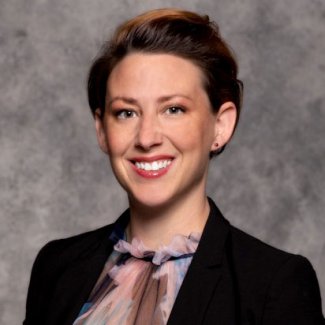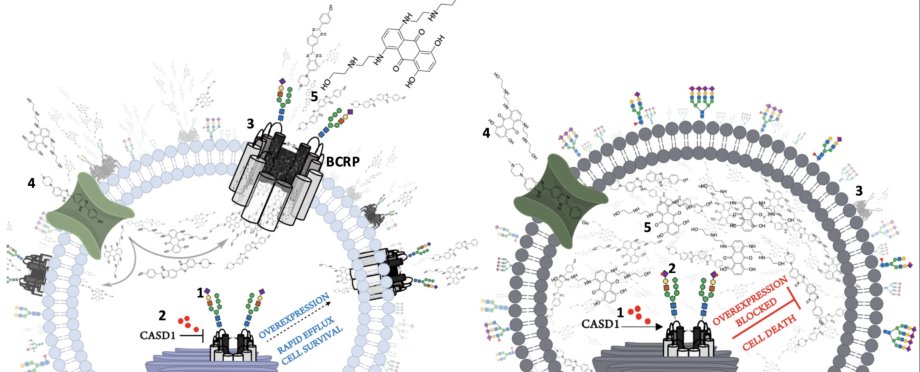In the United States, cancer continues to be the second leading cause of death, trailing only heart disease, with millions more afflicted with the disease each year.
At South Dakota State University, Rachel Willand-Charnley, assistant professor in the Department Chemistry, Biochemistry and Physics, leads an interdisciplinary research lab—the RAWC Lab—whose work revolves around improving cancer treatments. Recently, their work has placed greater emphasis on gaining a better understanding of how cancer utilizes sugar residues and their associated genes to evade the immune system and participate in multidrug resistance.

Research published by the RAWC Lab earlier this summer has provided insights into how some deadly cancer cells evade chemotherapeutic treatments—a significant breakthrough in cancer research.
"This is a revolutionary piece of work because nobody has uncovered how cancers use sugars to participate in multidrug resistance," Willand-Charnley explained.
Sialic acid and cell communication
Each cell in the human body has a sugar coat that acts as a shield and the first layer of protection. It's also how cells, both healthy and cancerous, communicate with each other.
Willand-Charnley's research has made inroads on a specific sugar residue—sialic acid—that is used by cancers to survive.
When specific forms of sialic acid are "overexpressed" by the cell, their previous (and current) research has that it can evade immune cell-mediated killings and participate in multi-drug resistance. As a result, targeted glycan-related drugs is necessary investigative work.
Treatment resistant
Chemotherapeutics are specifically designed treatments that attack and kill cancer cells in the body. Unfortunately, many current treatments are compromised by multidrug resistance, which is when cancer cells become resistant and, eventually, evasive to the prescribed treatment. According to previous research, multidrug resistance is responsible for 90% of deaths in patients receiving chemotherapeutics.
Uncovering how cancer cells become resistant has become a point of emphasis amongst researchers around the world, including the RAWC Lab. In a recent study published in the academic journal Frontiers in Oncology, Willand-Charnley and their colleagues outline how sialic acid, along with a breast cancer resistance protein, functions to help cancer cells evade treatments.
"The lab uncovered a mechanism in which lung and colon cancers utilize a sugar residue to engage in multidrug resistance," Willand-Charnley, an interdisciplinary applied organic chemist who specializes in glycobiology and cancer immunology, said.
According to Willand-Charnley, cancer cells are using a specific type of sugar—deacetylated sialic acid—to efflux or "spit" chemotherapeutics out of the cell.
“As researchers we ask, why is that the case?" Willand-Charnley said.
Willand-Charnley and their colleagues found that if a protein—breast cancer resistance protein—is glycosylated with deacetylated-Sialic acids, it allows chemotherapeutics to be effluxed from the cell, but the overexpression of acetylated-sialic acids, allowing for the chemotherapeutics to stay inside of the cell.
"This highlights the crucial role that sialic acids play in cancer-related multidrug resistance," Willand-Charnley said.

Future applications
With this breakthrough in understanding, researchers can now begin developing new therapies that can specifically inhibit the problematic protein.
"We can develop targeted therapies that target or inhibit this protein inside of the cell to stop the process from happening," Willand-Charnley said.
During the study, the lab focused its work on lung and colon cancers. Future research will explore how cancers utilize similar proteins to engage in multidrug resistance.
Isaac Tuffour and Hala Bayoumi, graduate assistants in the Department of Chemistry, Biochemistry and Physics at SDSU, contributed to the study.
- Contact:
- Telephone number: 605-688-6161
Republishing
You may republish SDSU News Center articles for free, online or in print. Questions? Contact us at sdsu.news@sdstate.edu or 605-688-6161.

